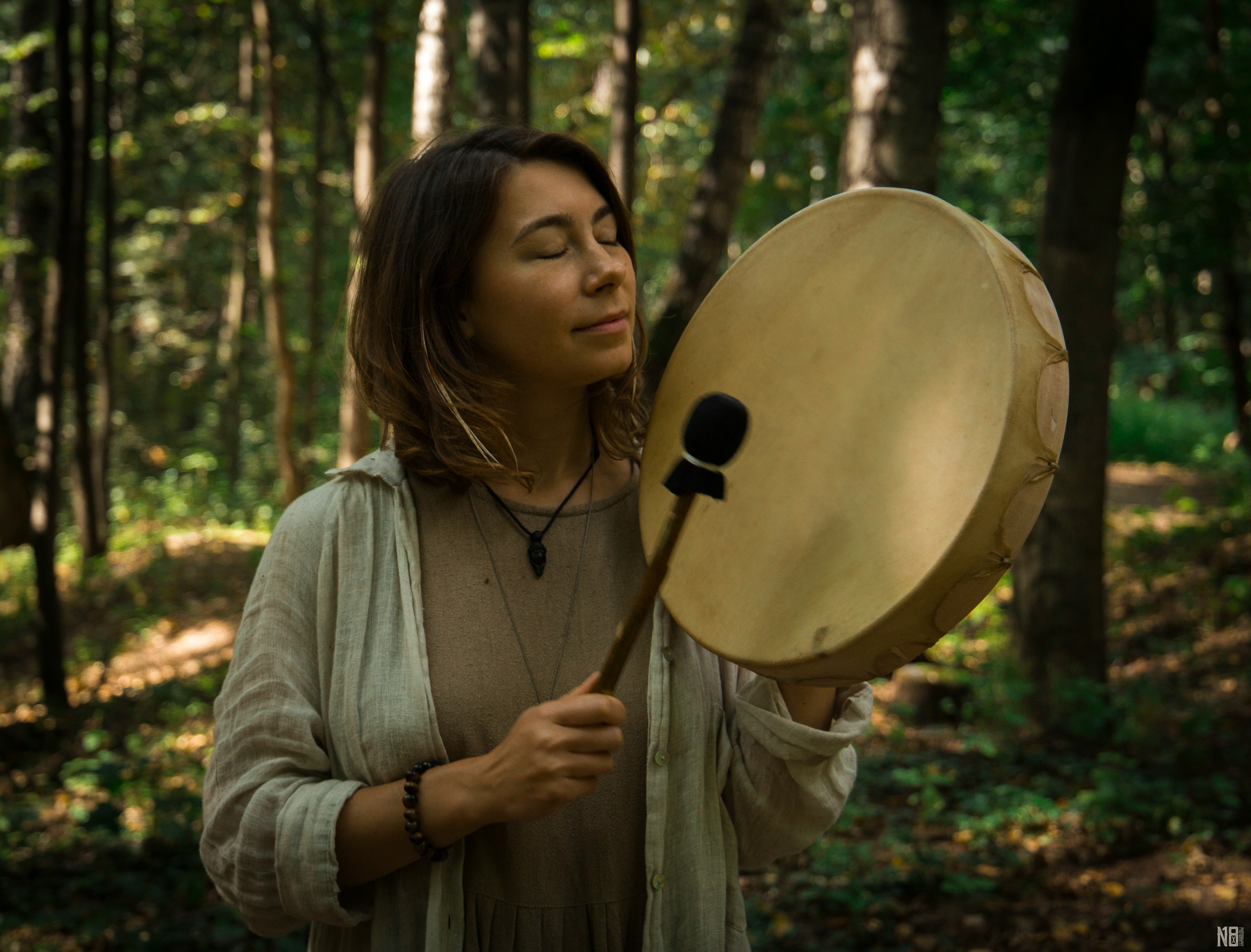
Cultural Relevance
The Rig Veda, an ancient collection of Hindu hymns mentions tree worship; an activity linked with the concept of Sacred Groves. Sacred groves are small forest patches conserved by local people through religious beliefs, traditional sentiments, and taboos. They are popularly called “living biological heritage sites”. They have been legally protected under the Community Reserves in the Wildlife (Protection) Amendment Act, 2002 and they stand as one of the best examples of Community Conservation.
Did you know that the total number of Sacred groves in India is estimated to be around 1.5 lakh, this spans across various states having vernacular names like Gumpas in Sikkim, Kave in Kerala, Deo Bhumi in Uttarakhand, Pavitra Vanalu in Andhra Pradesh and many more.
The sacred groves are based on deities, cultural, and religious importance depending on the type. For example, Temple groves which are protected by the government, or the temple trust contain a wide variety of plants and animals. Island groves like mangroves and coastal areas. Religious groves associated with Hinduism Buddhism Jainism and Sikhism. Traditional groves where the folk deities reside like the Maridimma in Andhra Pradesh. Cremational groves associated with burial places are believed to be inhabited by spirits of ancestors like Deherze village in Thane.
These groups are responsible for protection of ecosystems, biodiversity conservation, cultural preservation and community empowerment. They contribute significantly in championing community conservation at the same time improving livelihoods for local communities and increasing food security and cultural preservation.